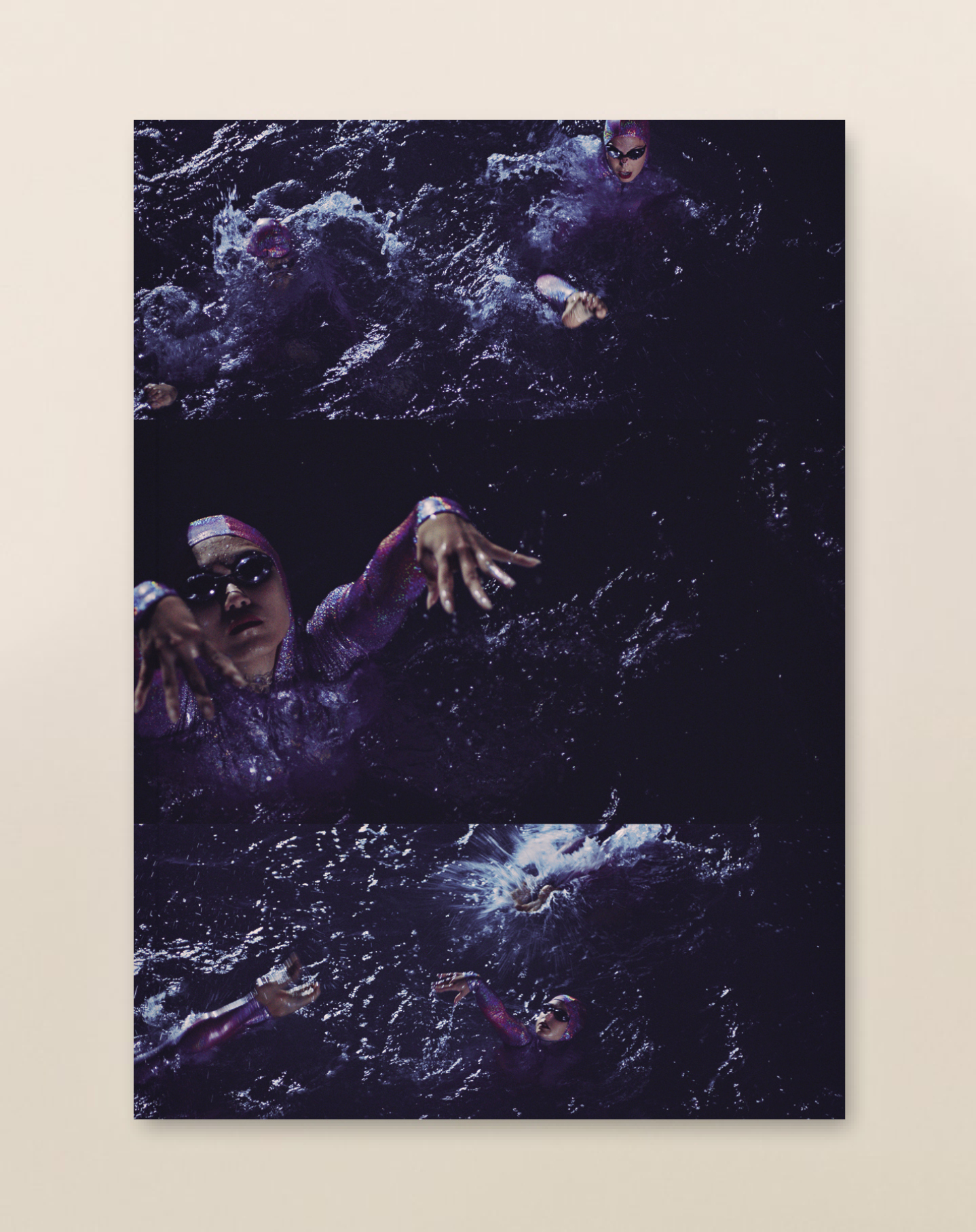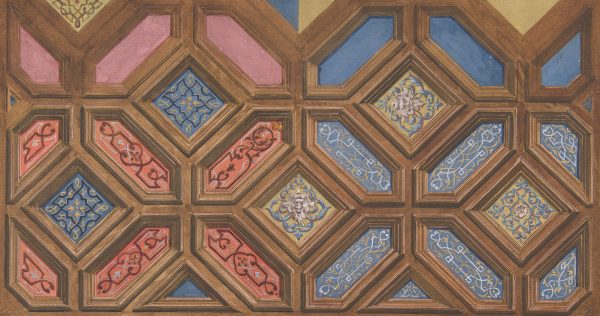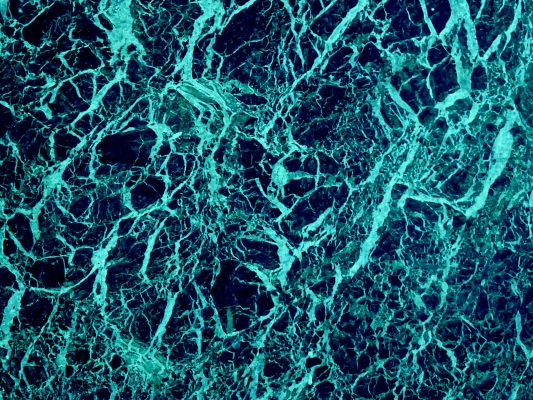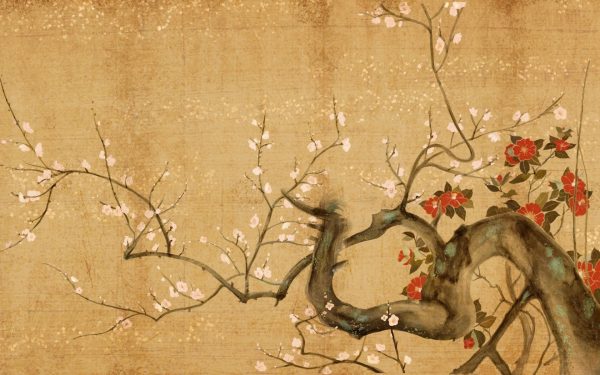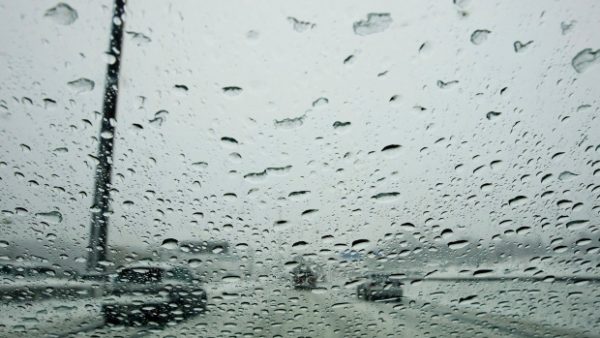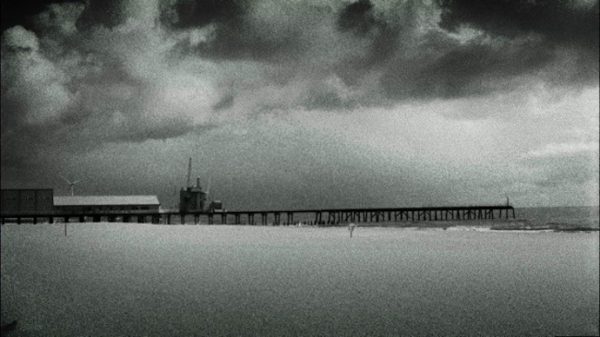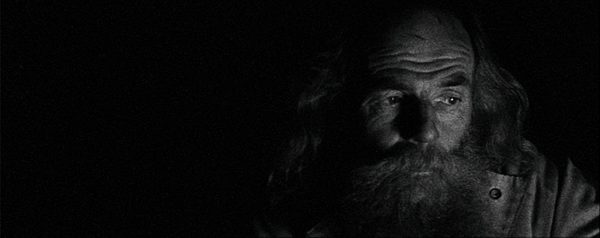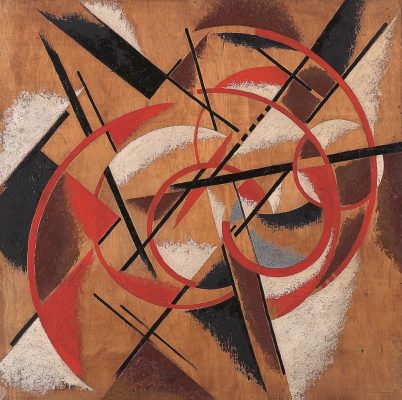Rowan Hisayo Buchanan
Rowan Hisayo Buchanan is the author of Harmless Like You and Starling Days. She is the winner of The Authors’ Club First Novel Award and a Betty Trask Award. Her work has been a New York Times Editors’ Choice, an NPR 2017 Great Read and shortlisted for the Costa Novel Award. She is the editor of the Go Home! anthology.
Articles Available Online
READ NEXT
